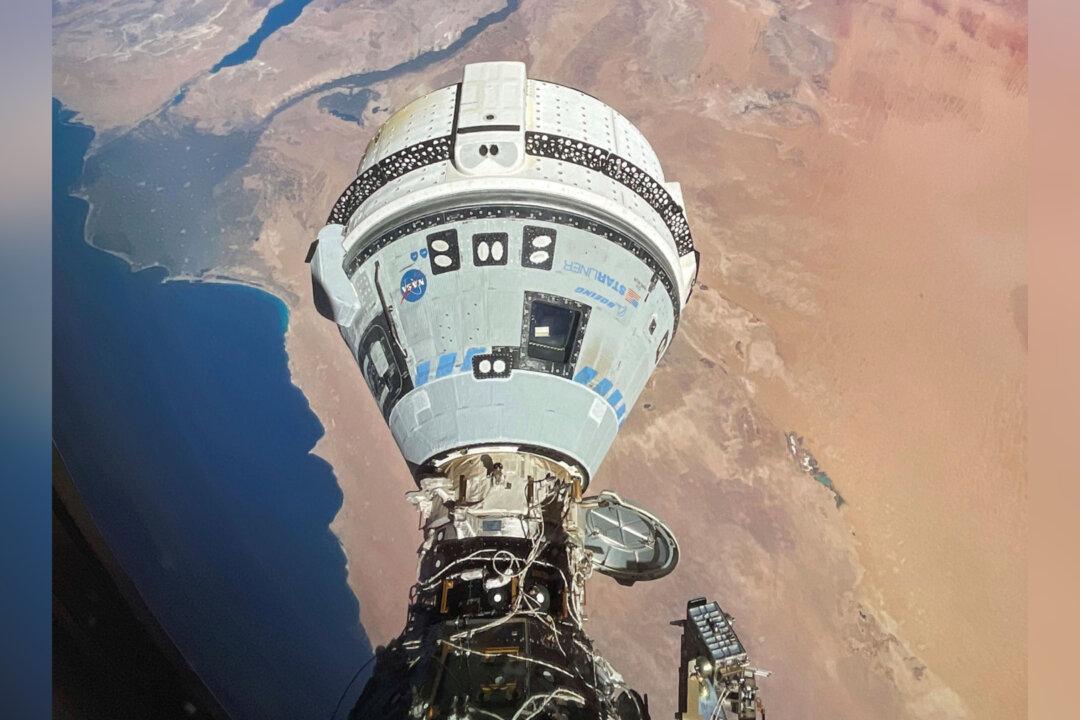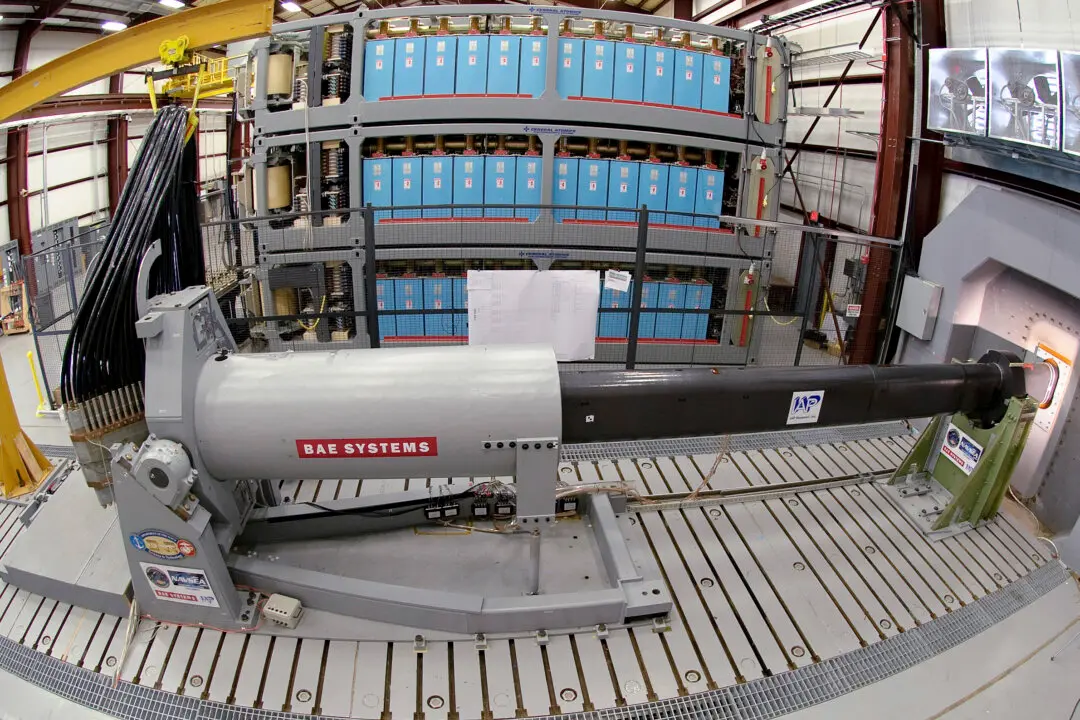Commentary
The long-running spectacle of astronauts seemingly stranded in space by Boeing’s defective Starliner CST-100 spacecraft is yet another woe added to Boeing’s growing list. In sharp contrast, SpaceX, the other company tasked with ferrying International Space Station (ISS) crew members, is in the midst of a long run of successes and achievements.





